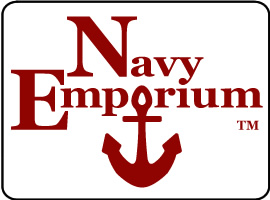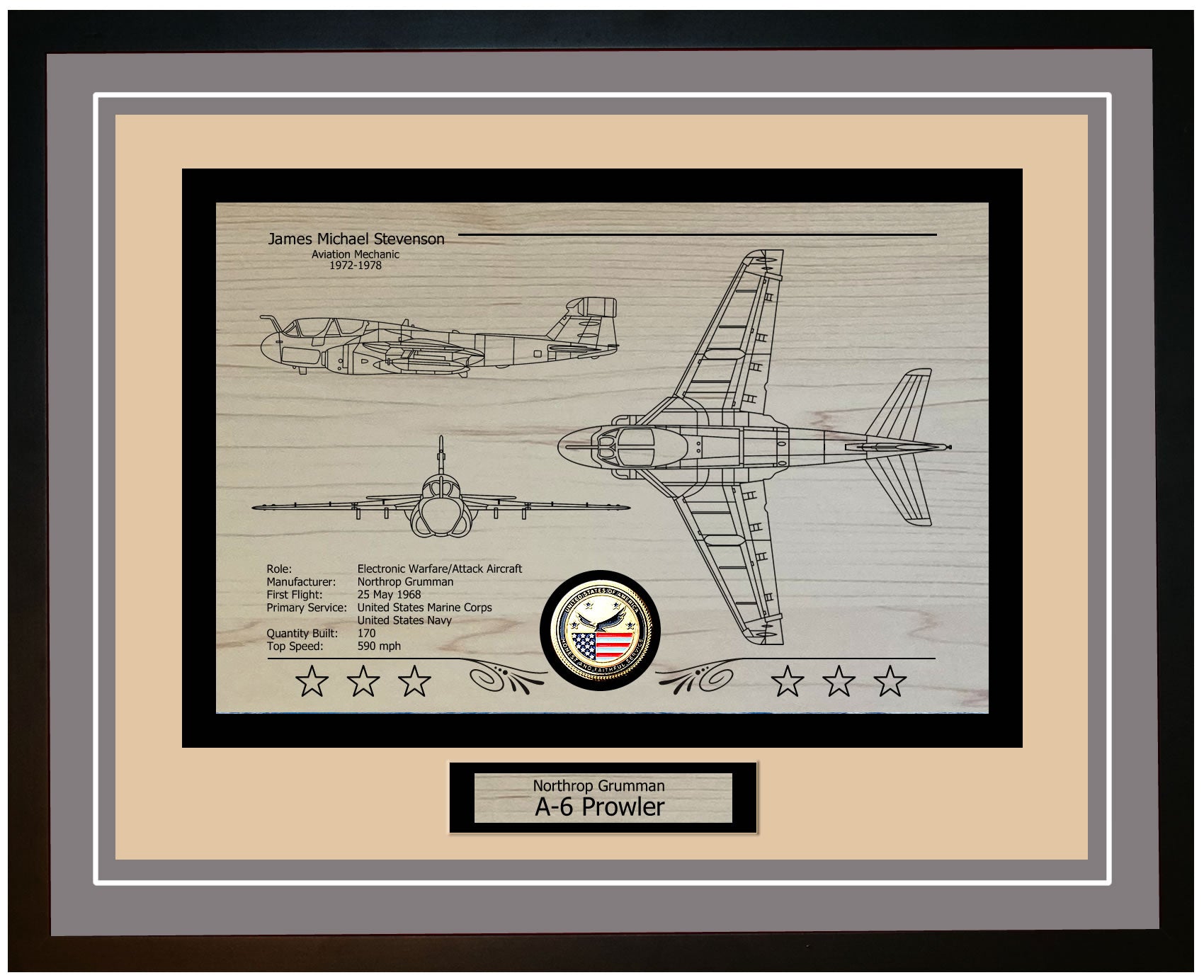The USS Forrest Sherman (DD 931) was a significant advancement in naval technology and design for the United States Navy during the mid-20th century. Built at the Bath Iron Works in Bath, Maine, the ship's keel was laid down on October 27, 1953, and it was launched on February 5, 1955, before being officially commissioned on November 9, 1955. The USS Forrest Sherman marked the introduction of a new class of destroyers that incorporated cutting-edge technologies and enhanced capabilities compared to earlier models.
Named after Admiral Forrest Percival Sherman, the respected Chief of Naval Operations from 1949 to 1951, the ship honored his legacy of leadership and modernization of the Navy during the early Cold War years. Admiral Sherman was known for his efforts to strengthen America's naval presence, and naming the ship after him was a tribute to his visionary contributions.
One of the standout features of the USS Forrest Sherman was its impressive weaponry and radar systems. Equipped with three 5-inch/54 caliber Mark 42 guns, the ship possessed formidable firepower. Additionally, the ship featured state-of-the-art radar and sonar systems, significantly enhancing its defensive capabilities. The design of the ship also included upgraded living spaces and amenities for the crew, reflecting the growing importance of crew welfare in naval design.
The USS Forrest Sherman had a lasting impact on the U.S. Navy. As the lead ship of its class, it set the standard for future destroyer designs. The technological innovations introduced by the USS Forrest Sherman were integrated into later classes, shaping the development of naval vessels for years to come. Its operational history, particularly during Cold War missions and exercises, cemented its place in naval lore.
Belonging to the Forrest Sherman class of destroyers, the USS Forrest Sherman was designed to meet the evolving demands of the Navy during the Cold War era. These destroyers were equipped for a wide range of missions, including submarine warfare, anti-aircraft operations, and surface combat. The versatility and advanced features of this class made them invaluable assets in addressing a variety of naval threats.
The commissioning of the USS Forrest Sherman on November 9, 1955, marked the beginning of its distinguished career. Throughout its service, the ship participated in numerous missions and drills, showcasing its capabilities and supporting the Navy's long-term objectives. The official commissioning ceremony, attended by officials and relatives of Admiral Forrest Sherman, symbolized the ship's readiness for duty while honoring the legacy of its namesake.
USS Forrest Sherman DD-931: A Technological Marvel of Naval Warfare
The USS Forrest Sherman (DD 931) marked a significant advancement in naval engineering and design upon its launch in 1955. Its sleek hull was optimized for superior hydrodynamic performance, allowing the ship to reach speeds exceeding 30 knots. Unlike older riveted designs, the Forrest Sherman class destroyers employed welded construction, which enhanced the ship's structural integrity, reduced weight, and improved durability, performance, and fuel efficiency.
Equipped with cutting-edge technology for its time, the USS Forrest Sherman featured advanced radar and sonar systems essential for both navigation and combat operations. Its radar capabilities included both surface and air search functions, enabling the detection and monitoring of enemy aircraft and vessels at great distances. The ship's sonar systems also played a crucial role in submarine warfare (ASW), a vital aspect of naval operations during the Cold War period.
The USS Forrest Sherman became a formidable force at sea, thanks to the integration of these technologies, allowing it to carry out a wide range of missions, from escort duties to direct combat engagements. As a destroyer, it was well-equipped with a variety of weaponry. Its primary armament consisted of three 5-inch/54 caliber Mark 42 dual-purpose guns, capable of targeting both surface and airborne threats. Supporting this arsenal were additional armaments, including anti-aircraft guns and torpedo tubes.
The ship also featured the RUR-5 ASROC (Anti-Submarine Rocket) system, which greatly enhanced its ASW capabilities by allowing it to launch torpedoes or depth charges at enemy submarines from a distance. Over time, the USS Forrest Sherman’s arsenal was further expanded with missile systems. In the 1960s, the ship was upgraded with anti-aircraft and anti-missile missile systems, which included missile launchers, radar, and fire control systems. This upgrade allowed the ship to engage threats at distances well beyond the reach of its guns.
Thanks to its combination of naval guns, advanced ASW systems, and state-of-the-art missile technology, the USS Forrest Sherman became an invaluable asset to the U.S. Navy. Its versatility and range of capabilities enabled it to effectively handle a variety of naval challenges.
USS Forrest Sherman DD-931 Crew Member Reports of Time Aboard
The USS Forrest Sherman (DD-931) holds a special place in the hearts of its former crew members, as evidenced by the numerous guestbook posts that recount their experiences aboard the ship. These memories span from the ship's commissioning in the mid-1950s to its decommissioning in the early 1980s, capturing a wide array of personal anecdotes, professional growth, and lifelong friendships.
**Early Years and Notable Cruises:**
Gene Barnes, who served as a BT2 in 1959, fondly recalls the ship's round-the-world cruise, a sentiment echoed by Gordon Bailey, who remembers the Great Lakes and Mediterranean cruises. Anthony Mondelli, a plankowner, takes pride in serving on the first new class destroyer commissioned after WWII. The Solant Amity cruise to West Africa in 1961, mentioned by Alexander Bodo and Robert Duncan, stands out as a significant goodwill tour, where the crew became Golden Shellbacks by crossing the equator.
**Memorable Experiences and Personal Growth:**
Terrance Jeske, an EM2 in 1964, credits his time on the Sherman for shaping his future career in the electrical field. Similarly, Tom Ursetti, who served in 1974, emphasizes the importance of being a good shipmate, a lesson he learned aboard the Sherman. The ship also provided a platform for unique experiences, such as Peter Margaritis' first time at sea in 1968 and Richard Gillette's memorable arrival in Bahrain in 1982.
**Camaraderie and Lasting Friendships:**
The sense of camaraderie among the crew is a recurring theme. Boe Boehringer and Ray Boehringer, who served in 1976, reminisce about their shipmates and the great times they shared. Jim Bowers, who joined the ship in 1976, humorously recalls being AWOL on liberty in Corsica and being covered for by BMC Cloud. The strong bonds formed on the ship are also highlighted by Denver Brownlee, who misses his crew members and mentors like BTC/LCDR Doc Thompkins and CWO3 Bobby Hyman.
**Challenges and Adventures:**
The ship's various deployments brought both challenges and adventures. Douglas Powers, who served in 1963, remembers a Mediterranean cruise and the excitement of chasing submarines. Mike Fetcho, who served in 1970, enjoyed the UNITAS cruise around South America and crossing the equator and the Arctic Circle. The ship's time in dry dock in Boston, as recounted by Edward Nielsen, included the unusual event of a CDO going AWOL.
**Reunions and Reflections:**
Many former crew members have attended reunions, finding joy in reconnecting with old friends. Larry Evans, who served in 1978, attended the 2016 reunion and had a great time. Robert Burns, who served in 1977, also enjoyed seeing old friends at the ship's reunion in Charleston. These gatherings serve as a testament to the enduring bonds formed aboard the USS Forrest Sherman.
**Legacy and Preservation:**
The ship's legacy continues to be honored by its former crew. John Vitkevich, who served in 1972, expresses gratitude to Kurt Wagerman and his crew for saving the last of the great gunships. The effort to preserve the ship as a museum is supported by many, including Chuck Fry, who looks forward to seeing the ship restored to its former glory.
In summary, the memories shared by the crew members of the USS Forrest Sherman (DD-931) paint a vivid picture of life aboard this storied vessel. From significant cruises and professional growth to lasting friendships and reunions, the ship's legacy lives on in the hearts of those who served on her.
USS Forrest Sherman DD-931: Evolution of a Naval Powerhouse
The USS Forrest Sherman (DD 931) underwent several significant upgrades throughout its service, ensuring its continued value to the U.S. Navy. Commissioned in 1955, the ship was part of the Forrest Sherman class of destroyers, which were specifically designed for the Cold War era following the end of World War II. In the 1960s, the ship underwent a major overhaul, which included the installation of advanced radar and sonar systems, significantly enhancing its submarine warfare capabilities. The addition of the ASROC (Anti-Submarine Rocket) system further bolstered its ability to handle underwater threats. In the 1970s, the ship was upgraded again with the NATO Sea Sparrow missile system, which improved its air defense capabilities. These upgrades ensured the USS Forrest Sherman could adapt to evolving threats and maintain its operational effectiveness.
The USS Forrest Sherman was a versatile and adaptable vessel, capable of performing a wide variety of missions that reflected the changing nature of warfare during the Cold War. Originally designed as a destroyer, it was tasked with missions such as escorting aircraft carriers, conducting anti-submarine warfare operations, and providing naval gunfire support for ground forces. The ship was armed with 5-inch/54 caliber guns, torpedo tubes, and guided missiles, enabling it to effectively engage surface, subsurface, and aerial threats. Its operational versatility extended across both oceanic and coastal areas, demonstrating its ability to excel in a wide range of environments.
Throughout its service, the USS Forrest Sherman played an active role in numerous U.S. Navy operations. During the Cuban Missile Crisis of 1962, it was instrumental in enforcing the naval blockade aimed at preventing the delivery of missiles to Cuba. The ship also participated in NATO exercises, strengthening relationships and enhancing coordination with allied navies. In the Vietnam War, the USS Forrest Sherman provided vital naval gunfire support for ground troops and conducted search-and-rescue missions, further demonstrating its combat effectiveness and versatility.
Beyond its operational successes, the USS Forrest Sherman contributed to advancements in naval technology and tactics. Its upgrades and modifications served as valuable testing grounds for new systems, influencing the design and functionality of future U.S. Navy destroyers. The lessons learned from the ship's service helped shape the evolution of naval vessels, ensuring that the U.S. Navy remained at the forefront of modern warfare.
Although the USS Forrest Sherman was retired in 1982, its legacy endured. The ship set a benchmark for flexibility, durability, and versatility, qualities that future naval vessels sought to replicate, leaving a lasting impact on the U.S. Navy.
USS Forrest Sherman DD-931: A Legacy of Valor on the High Seas
The ship was deployed in the Western Pacific where it provided support to ground troops carried out search and rescue missions and took part in bombardments, along the coast. These tasks played a role in assisting U.S. And allied forces, demonstrating the adaptability and firepower of the Forrest Sherman class destroyers. The ships involvement in the Vietnam War showcased its capabilities and the expertise of its crew.
Throughout its time in service USS Forrest Sherman received accolades and awards reflecting its performance and commitment. It was honored with the Navy Unit Commendation for its service during the Cuban Missile Crisis. Moreover it received campaign medals for its deployments during the Vietnam War, including the Vietnam Service Medal and Republic of Vietnam Campaign Medal. These recognitions not acknowledged the ships successes but also highlighted the courage and professionalism of its crew members. The legacy of USS Forrest Sherman is one marked by service and significant contributions, to U.S. History.
USS Forrest Sherman DD-931 Ship Specifications
| Specification | Details |
|---|---|
| Class | Forrest Sherman Class Destroyer |
| Commissioned | November 9, 1955 |
| Displacement | 4,619 tons |
| Length | 418 feet |
| Beam | 44.9 feet |
| Draft | 22 feet |
| Speed | 33 knots |
| Complement | 324 |






